The first woman to climb Mount Everest accomplished a tremendous feat that altered the course of mountaineering history forever. On May 16, 1975, Japanese climber Junko Tabei stood atop the highest point on earth, changing the landscape of mountaineering for women and inspiring an abundance of women climbers across the globe. Tabei own personal quest to make history by becoming the first woman to climb Mt. Everest embodied courage, conviction, and the power of pursuing a dream in a male-dominated profession. This first-time accomplishment allowed room for other women climbers to come on Mount Everest and lifted Tabei into the spotlight as one of the most well-known female mountaineers of all time.
Who Was the First Woman to Climb Mount Everest? | Junko Tabei’s Inspiring Story
Who Was the First Woman to Climb Mount Everest?
Junko Tabei's Background and Early Life
Junko Tabei was born on September 22, 1939, in Miharu, Fukushima Prefecture, Japan. She grew up in a traditional Japanese family, and her love of mountains started in infancy at age 10 when she climbed Mount Nasu with a school group. At that point, climbing became a lifelong passion, culminating in her achievement of becoming the first woman to summit Everest in 1975.
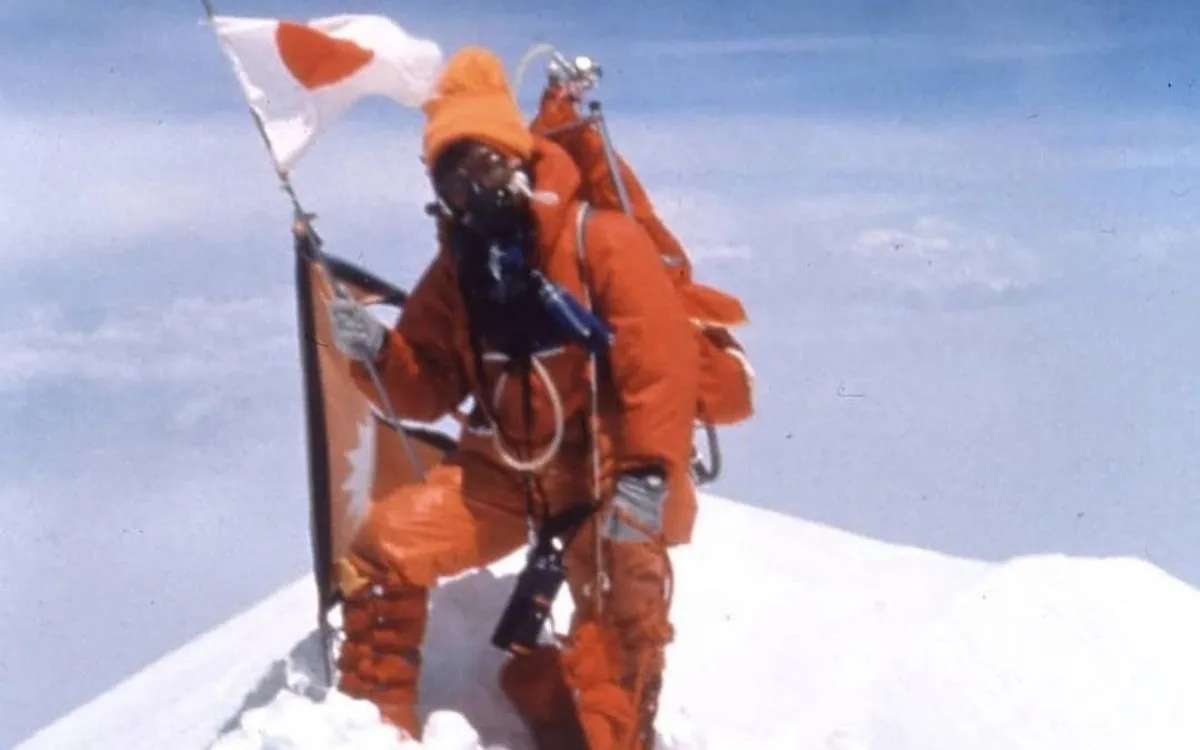
At 4 feet 9 inches tall, Tabei could prove that size doesn't matter when talent and determination combine. She studied English literature at Showa Women's University and was a member of the mountain climbing club, which allowed her to hone her mountaineering skills on Japan's challenging peaks.
Her Passion for Mountaineering
Tabei developed a more serious approach to climbing during her university days. She established the Ladies Climbing Club in 1969, providing an avenue for women who loved climbing or mountaineering to find like-minded members in a community. One of the club's mottos was "Let's go on an overseas expedition by ourselves", which validated Tabei's intention of promoting climbing for women independently.
Before arriving at Everest, she climbed various peaks or mountains in Japan as well as some international mountains, gathering the credit and cynical mass experience to be prepared for her historic run on Everest. During her upbringing, she grew not to be just another climber, but the Who was first woman on Mount Everest in memory.
- Read our Everest related Blog: Hillary Step on Mount Everest: Before & After Collapse, Location, and Climbing Realities
Junko Tabei's Historic Ascent in 1975
The Expedition Details
The First woman to summit Everest 1975 expedition was initiated quite a bit differently than the aforementioned expedition. Tabei was part of an all-Japanese female expedition team, an initiation that was quite in contrast to the typical man's domain of climbing falls. The expedition was sponsored by Nippon Television and the Yomiuri Shinbun newspaper.
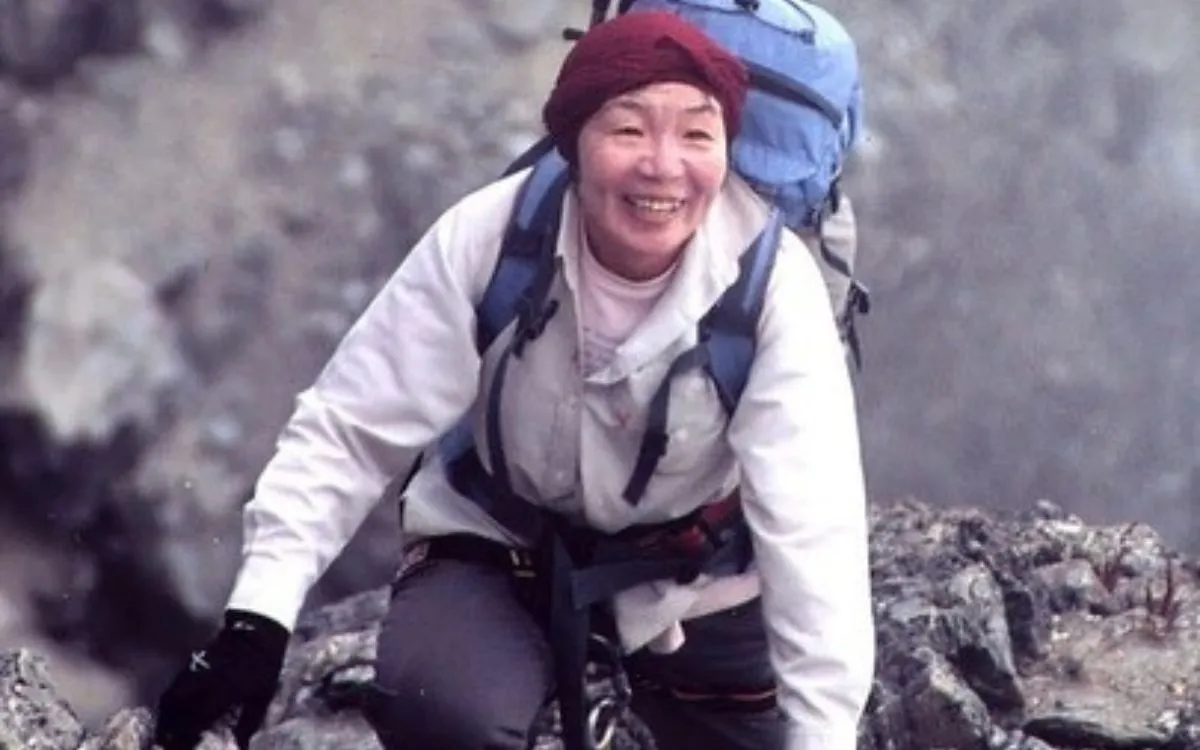
The expedition had 15 female climbers, and Tabei was even the deputy leader of the expedition. The team chose the South Col route through Nepal, the same way Sir Edmund Hillary and Tenzing Norgay took to summit in 1953. They wanted to show that women have the strength, skill, and determination to climb the world's tallest mountain.
Challenges Faced During the Climb
The journey to make Tabei the first female Everest climber was fraught with difficulties. At 6,300 meters, disaster struck when an avalanche buried their camp during the night. Tabei lost consciousness and was buried beneath heavy snow and debris. Her Sherpa guide, Ang Tsering, rescued her from what could have been a fatal situation.
Despite suffering injuries and exhaustion from the avalanche, Tabei refused to abandon her dream. She rested for several days before continuing the ascent, demonstrating the mental fortitude that would define her legacy among famous female mountaineers.
Weather conditions posed another significant challenge, with fierce winds and extreme cold testing the team's resolve. Limited oxygen at high altitudes, treacherous icefalls, and technical climbing sections demanded every ounce of their mountaineering expertise.
The Successful Summit
On May 16, 1975, at 12:35 pm, Junko Tabei reached the summit of Mount Everest and became the First Woman to an ascension of Mount Everest. Standing at 29,029 feet above sea level, she planted the Japanese flag and took pictures of her accomplishment.
Junko's accomplishment symbolized more than just her accomplishment; it broke stereotypes about what women could do in an extreme mountaineering setting. Reaching the summit of Mount Everest opened up a wealth of possibilities for women climbers and set a standard that still inspires climbers to this very day.
- Related Blog: 1996 Mount Everest Disaster: Causes, Climber Stories & Tragedy on the World’s Highest Peak
Breaking Barriers in a Male-Dominated Field
Struggles as a Female Climber in the 1970s
The path to becoming the first woman to summit Everest in 1975 involved overcoming enormous social and cultural obstacles. In the 1970s, in Japan, mountaineering was mostly perceived as a male activity. Women were subject to ridicule regarding their physical and mental capabilities to attempt extreme climbing.
Tobei was met with opposition from sponsors, other climbers, and even family members who were doubtful of women's expeditions into perilous situations. Traditional gendered roles in Japanese society cast doubt on her desires and made her attempts seem irrational and reckless.
There were also serious financial barriers. Women had a difficult time gaining funding for an entirely female expedition because sponsors believed women could not finish an extreme climb. The team devoted a significant amount of time engaging the public in various ways to fundraise for the expedition, in which they: One, taught climbing information to people, and Two, and by holding fundraising events.
Support and Resistance She Encountered
Despite pervasive skepticism, Tabei found essential support in her husband, Masanobu Tabei, who fostered her climbing dreams and looked after their daughter during her climbs. Members of the Ladies Climbing Club proved a source of both emotional and actual support during her journey.
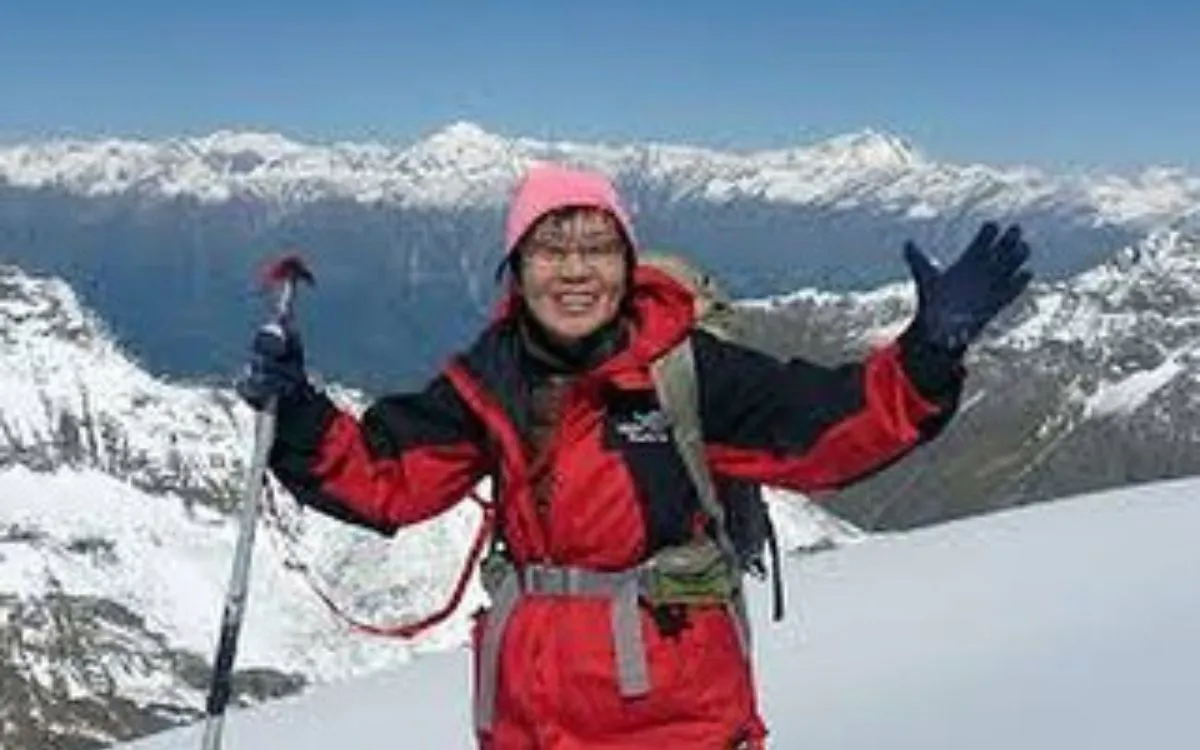
Expectable resistance did indeed come from half of the membership population, but also from many unanticipated regions. Some male climbers constructed arguments about there being no need for women to be allowed to attempt climbing Everest because being rescued would be more dangerous than if men were rescued after failure. The media coverage often complained about her climbing, but instead billed her as a woman climbing, accentuating some of the prejudices she encountered along the way.
The international communities of climbing began to slowly recognize her efforts, with many of the seasoned mountaineers expressing that their climbing would be equivalent or superior as a woman to the ones they affectionately ascribed to as "men."
- Related article: Camps on Mount Everest - North & South Side Guide
Legacy of Junko Tabei
Impact on Women Climbers of Mount Everest
Tabei's accomplishment as the First Woman to summit Mount Everest caused a ripple effect that lasts to this day. Her achievement showed that gender was not a barrier to high-altitude mountaineering and inspired women to follow their dreams.
After Tabei's historic climb, more women climbed Mount Everest than ever before. Tabeis' feat clearly showed that if you are trained, dedicated, and have the support of others, you can excel as a woman in the most difficult climbing environments.
Before Tabei's summit, there was a history of women on Everest; after Tabei, the trend of an amazing number of women summiting Mount Everest surged over the following decades. She showed the path for future female mountaineers and clearly demonstrated that, beyond the stereotypes, female mountaineers could excel!
Recognition and Honors Received
Tabei was highly recognized for her monumental accomplishment. The Japanese government presented her with the Order of the Sacred Treasure, and she was the first woman to be presented with the Monsanto Award from the American Alpine Club. Globally, Tabei also received recognition from climbing organizations, which acknowledged her contribution to climbing. Honorary memberships to prestigious climbing clubs were offered to her, and she also influenced environmental conservation actions.
Tabei's story became the subject of books, documentaries, and curriculum, thus ensuring future generations would know of the first woman to summit Everest in 1975 and her remarkable story.
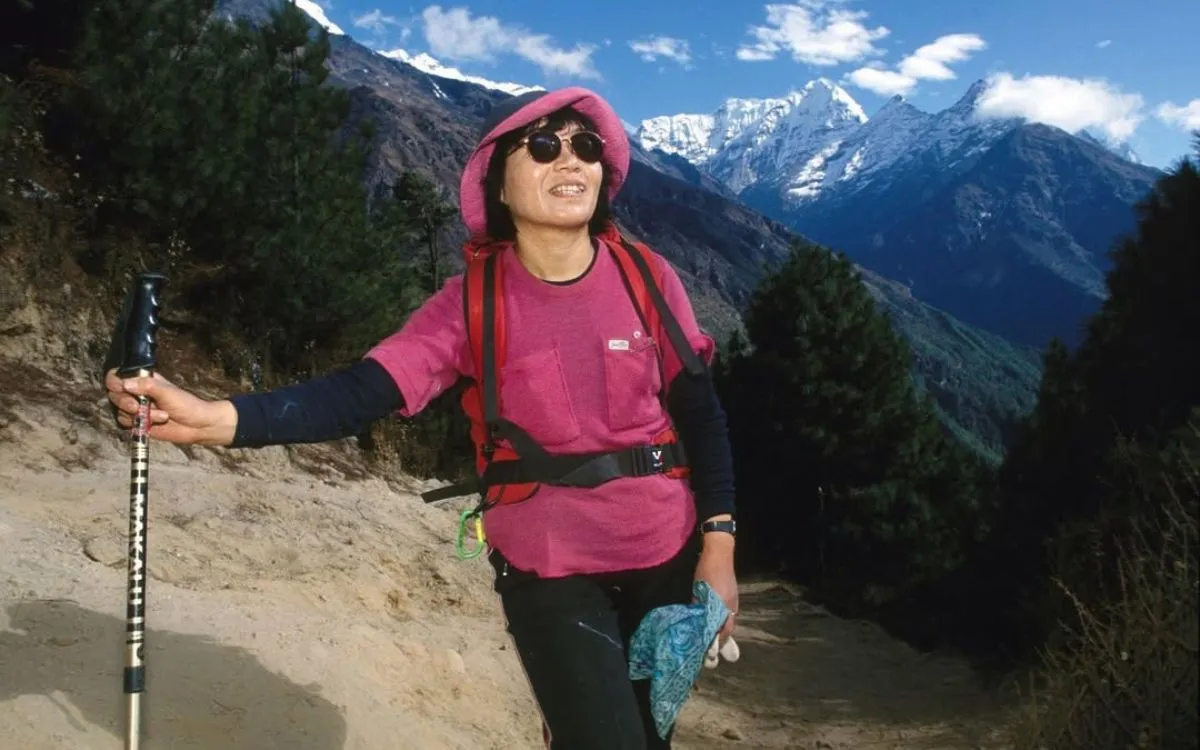
Contributions to Mountaineering and the Environment
In addition to her climbs, Tabei became a strong advocate for the environment; she witnessed first-hand the environmental destruction on Everest and spent her later years advocating for sustainable practices in climbing and mountain conservation. She arranged clean-up expeditions to clear trash from various summits, including Everest - showing that mountaineers have a responsibility to respect and care for the environments they are in. She was recognized for her work in support of the environment by various conservation organizations worldwide. Tabei also enhanced mountaineering education, passing on knowledge and experience to future generations of climbers. She published several books about her experiences in climbing and advocated for safe and sound practices in climbing and mountaineering.
- Related article: Best Everest Books: Must-Read Guides and Inspiring Stories
History of Women on Everest After Junko Tabei
Other Famous Female Mountaineers
In the years since Tabei made history, many women have successfully summited Everest. Bachendri Pal was the first Indian woman to summit Everest, doing so in 1984. Stacy Allison became the first American woman to summit Everest in 1988.
Lhakpa Sherpa set a record for all women's ascents with multiple summits of Everest. Arunima Sinha became the first female amputee to summit Everest, demonstrating that limits are self-imposed.
These iconic female climbers challenged Tabei's boundaries, with each placing a unique stamp on the History of women on Everest. The impacts of Tabei's pioneering ascent will stay in the spotlight, and nothing can extinguish the trailblazing torch illuminated by her achievement.
Records and Milestones Set by Women
In the years since Tabei's summit, many amazing records on Everest have been set by women. The youngest woman to summit Everest was Malavath Purna of India at the age of 13 years old in 2014, and the oldest woman to summit Everest was Tamae Watanabe of Japan at the age of 73 years old in 2012.
Women have also set speed records, done many summits, and have first ascents by difficult routes. All of these accomplishments are broadening the possibilities for women climbers on Mount Everest.
The number of female expedition successes has changed the demographics of Everest climbing, as women now account for a significant percentage of summit attempts each year.
- Related article: The Tragic Story of Sleeping Beauty on Mount Everest: Francys Arsentiev’s Final Climb
Interesting Facts About the First Woman to Climb Everest
Little-Known Details About Junko Tabei
There are more unknown elements to the First Woman Who Climbed Mount Everest. Tabei was a mother of a young daughter when she did her climb, and she carried both her family responsibilities and climbing ambitions. She was a computer programmer to finance her climbs, showing a persistent level of dedication to following her dreams in spite of financial hardship. Tabei also experienced altitude sickness when she climbed Everest, yet endured that discomfort as well.
Tabei didn't intend to be the first woman on Everest. She simply wanted to climb Everest, and since she did, she ended up with a "first."
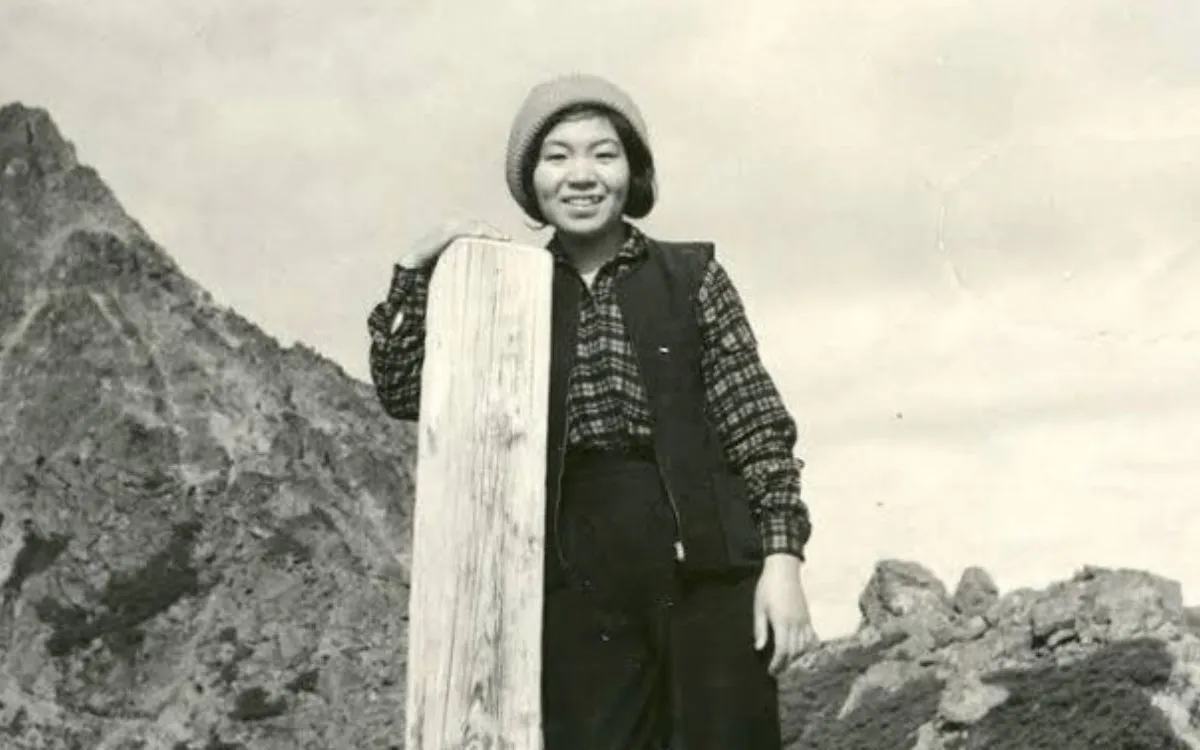
Everest Climbing Records
The first female Everest climber broke several records in making her first ascent of Everest. She completed the climb in 39 days (from Base Camp to summit), which at the time was an excellent time.
Tabei also became the very first woman to finish the Seven Summits mountaineering challenge, which is climbing the highest peak on every continent. This accomplishment cemented her place among the world's top mountaineers.
The cost of Tabei's Everest climb was around $200,000, sourced from a variety of sponsors and savings. The expedition was also traditional style, placing no reliance on modern-day portable climbing equipment.
FAQs
Who was the first woman to summit Mount Everest?
Junko Tabei of Japan was the first woman to climb Mount Everest, reaching the summit on May 16, 1975.
Junko Tabei was how old when she climbed Everest?
Tabei was 35 when she became the first woman to summit Everest in 1975.
What challenges did the first female Everest climber face?
The first female Everest climber faced an avalanche that nearly killed her, extreme weather conditions, altitude sickness, and social barriers as a woman in mountaineering.
How has the history of women on Everest evolved since Tabei's climb?
The History of women on Everest has seen hundreds of women successfully summit the peak, with female climbers setting various records and achieving remarkable milestones.
What other famous female mountaineers have climbed Everest?
Famous female mountaineers who have climbed Everest include Bachendri Pal, Stacy Allison, Lhakpa Sherpa, and many others who followed Tabei's pioneering example.
Conclusion
The legacy of the First Woman to Climb Mount Everest extends far beyond her historic 1975 summit. Junko Tabei's achievement continues to inspire climbers worldwide, demonstrating that determination and skill can overcome any obstacle. Her pioneering spirit opened doors for countless women climbers on Mount Everest and transformed mountaineering culture forever.
Tabei's influence reminds us that the mountains call to all, regardless of gender or background. The first female Everest climber left behind a blueprint for pursuing excellence while respecting the environment we explore.If you want to experience the Himalayas, contact us at Himalayan Recreation today to start your own incredible mountain adventure!
- Book our most popular Everest Base Camp Trek at 10% OFF.
-1.webp)
.webp)
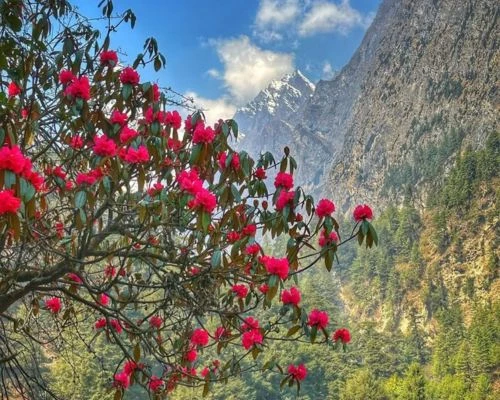
.webp)